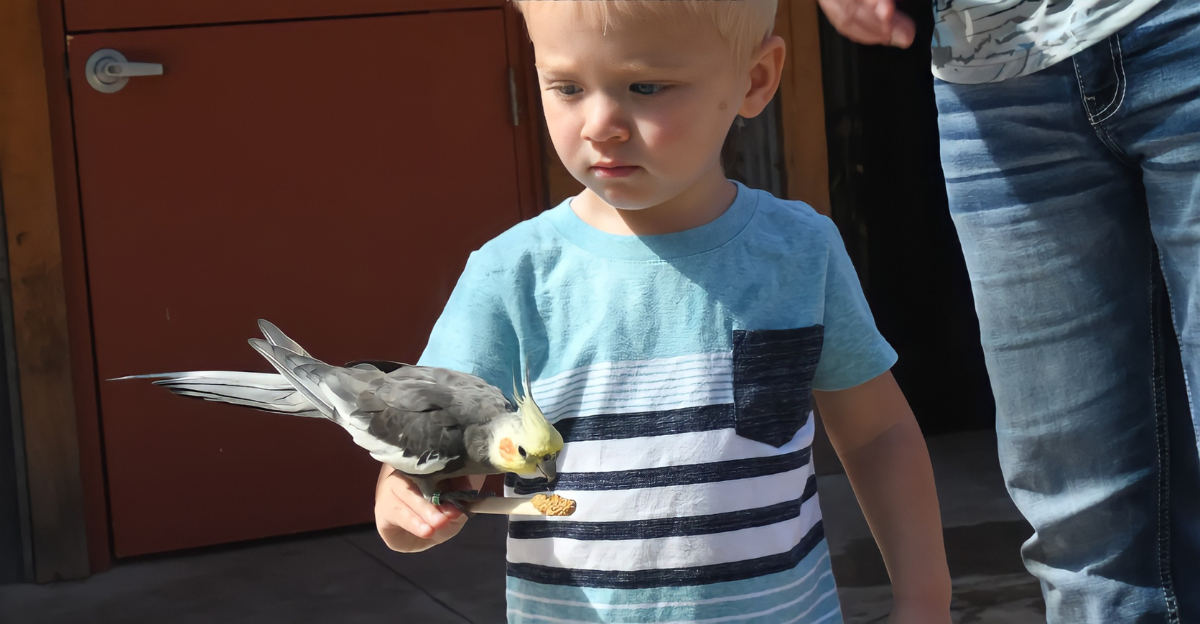
A familiar sound is ringing across America’s heartland, stirring memories and excitement among early risers. In the calm before the sun rises, a clear, two-note whistle is once again echoing across meadows, forest edges, and country roads.
For years, this once-common morning song had nearly vanished, leaving bird lovers and farmers longing for its return. However, this iconic call is now making a strong comeback. Maryland’s Department of Natural Resources has confirmed that this bird’s population has quadrupled in Maryland’s Nanticoke River Wildlife Management Area over the last few years. But what’s behind this unexpected revival, and how will it affect the landscapes and communities that have missed it for so long?
The Return
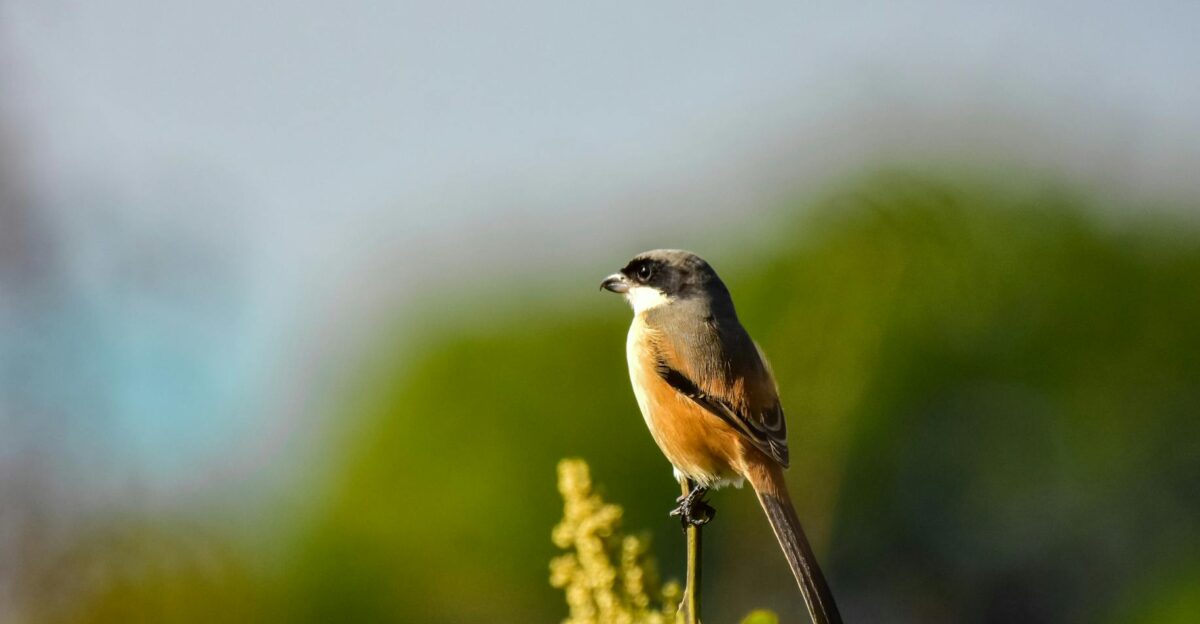
From the hills of the Southeast to the prairies of the Midwest, this bird’s return is making headlines and sparking conversations. Birdwatchers, hunters, and conservationists are excited by the resurgence that many thought would never come.
Everyone is wondering if this could signal a turning point for American wildlife, and for the communities that cherish these beautiful calls.
A Part Of Rural America
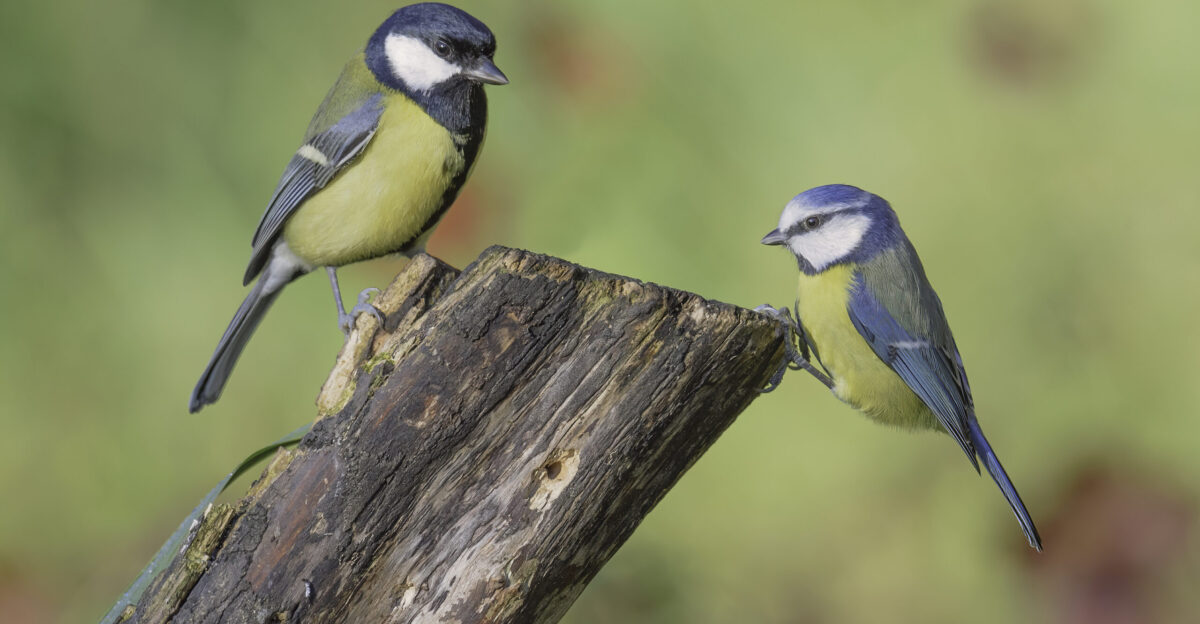
For many decades, this bird’s calls were a beloved part of rural America. Today, grandparents can still remember childhood mornings punctuated by the distinct whistle.
It inspired folk songs, memories, and, according to Texas Parks and Wildlife, hunting tales. The loss of this sound was the end of an era, one that many people thought would never return to the U.S.
The Decline
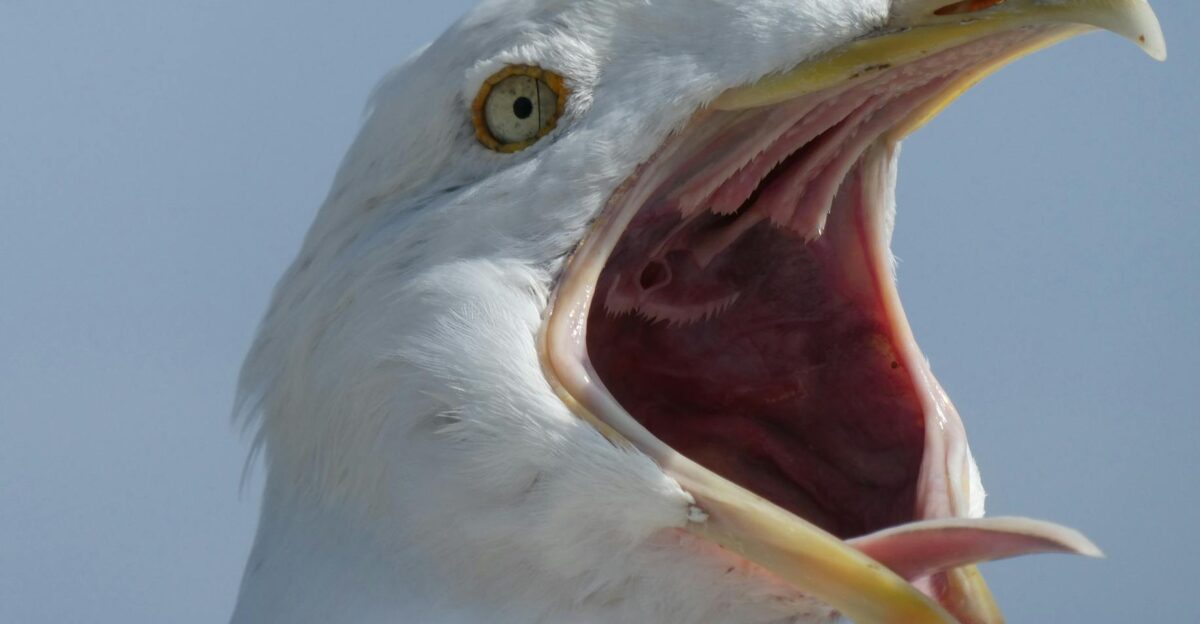
This bird’s decline was heartbreaking. Kevin Church of the Kansas Department of Wildlife and Parks revealed that “no one knows for sure” why the bird’s populations were suffering. “All we have are theories,” he said. However, according to the National Wildlife Federation, pesticides and loss of natural habitats were likely to blame.
According to the Maryland Department of Natural Resources, these birds had “declined more than 90% in Maryland since the 1950s.” Conservationists were concerned when the bird’s population dropped sharply and its environment disappeared. Once-common sightings of this stunning bird quickly became rare, and experts warned that without urgent action, the species could disappear entirely.
The Bobwhite Quail
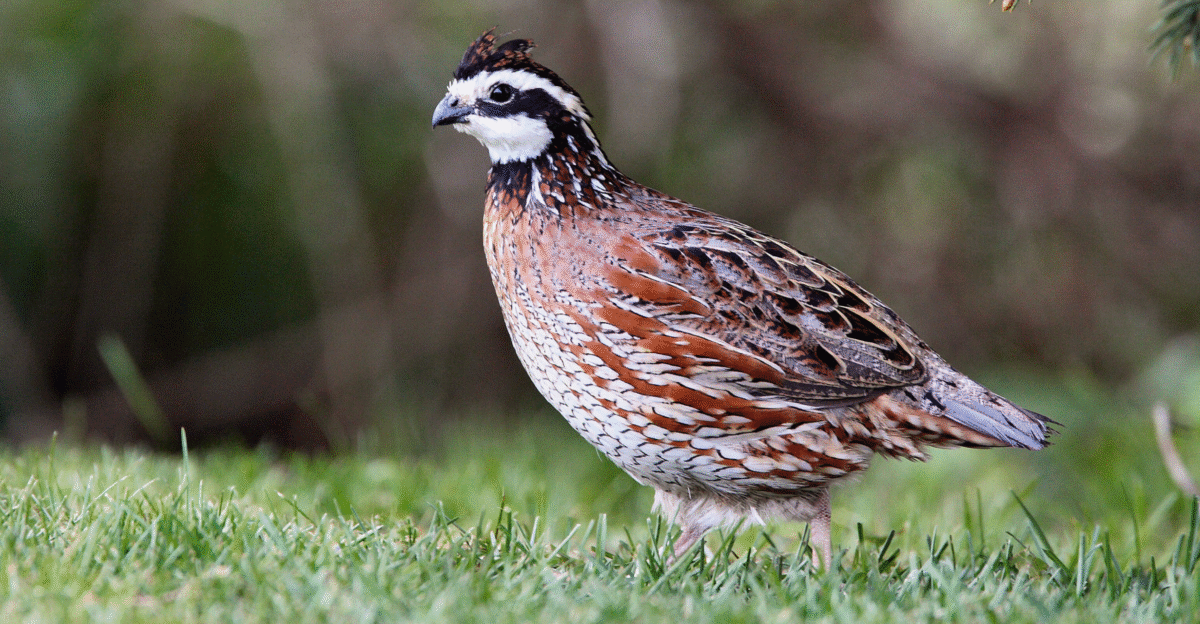
But what bird is it? It’s the incredible bobwhite quail. This bird, which is known for its unmistakable “bob-white!” call, is quickly spreading across America. Yahoo News wrote, “The softball-sized bobwhite quail population has quadrupled in Maryland’s Nanticoke River Wildlife Management Area over the past four years.”
After years of declining numbers, bird enthusiasts and landowners are celebrating the bobwhite’s comeback. The quail’s return is more than just a story about wildlife; it is a symbol of hope, resilience, and the impact of dedicated conservation work.
Regional Impact
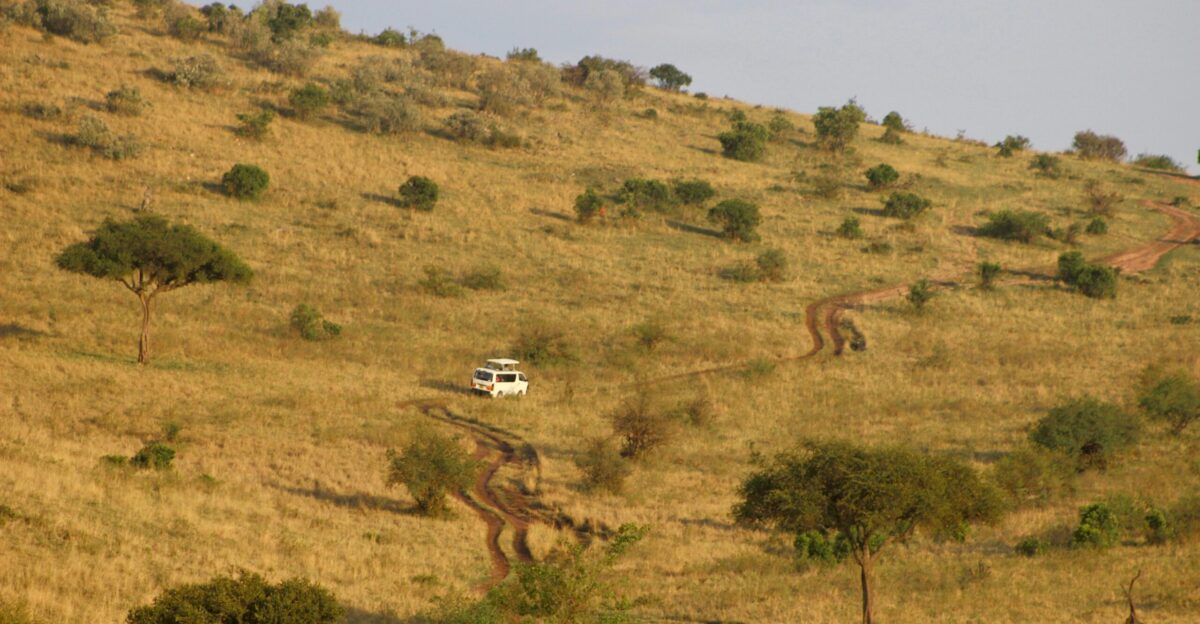
Some of the most remarkable recoveries are happening in states like Texas, Georgia, and Oklahoma, where targeted habitat restoration is showing great results. Farmers, community groups, and wildlife agencies are teaming up, and their efforts are paying off!
According to fall surveys from Maryland’s Department of Natural Resources, quail numbers have significantly increased. Between 2017 and 2020, there was about one bird for every 10 acres, but from 2021 to 2024, that figure rose to four birds per 10 acres.
Conservation Challenges and Successes
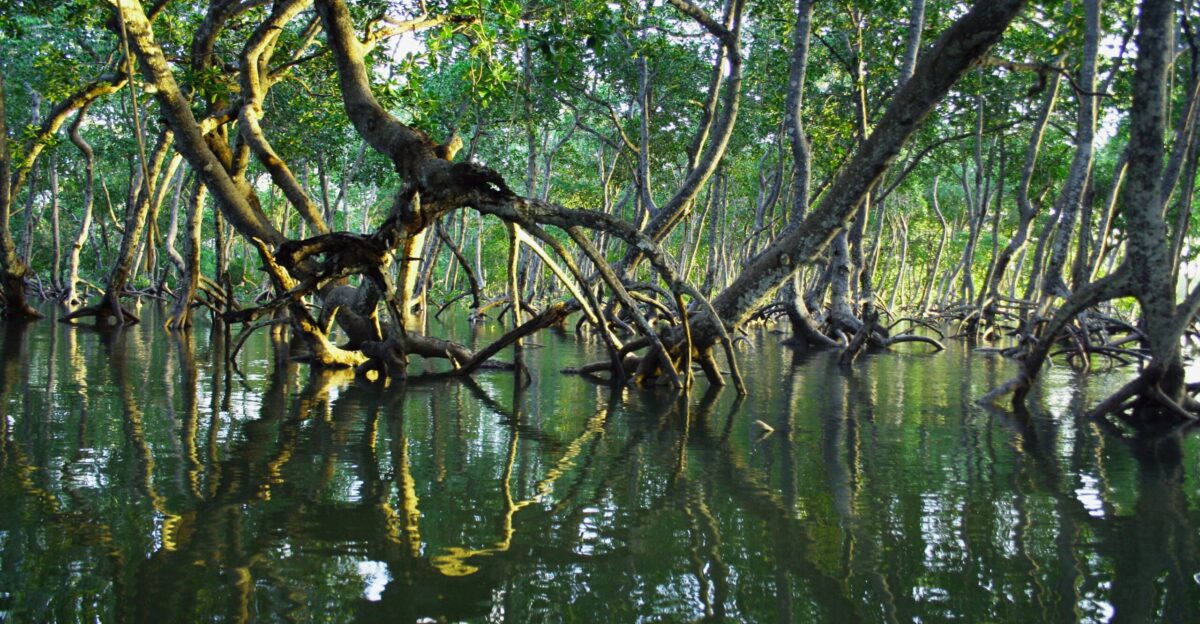
But this comeback is not a coincidence. In recent years, landowners have been planting native grasses, reducing chemical use, and creating “quail corridors” to reconnect fragmented habitats.
These changes have benefited quail, pollinators, songbirds, and many other species. However, challenges remain; urban development, climate shifts, and invasive plants still pose serious threats. Conservationists have stated that ongoing commitment and teamwork are crucial to keeping the bobwhite around.
Broader Ecological Impact
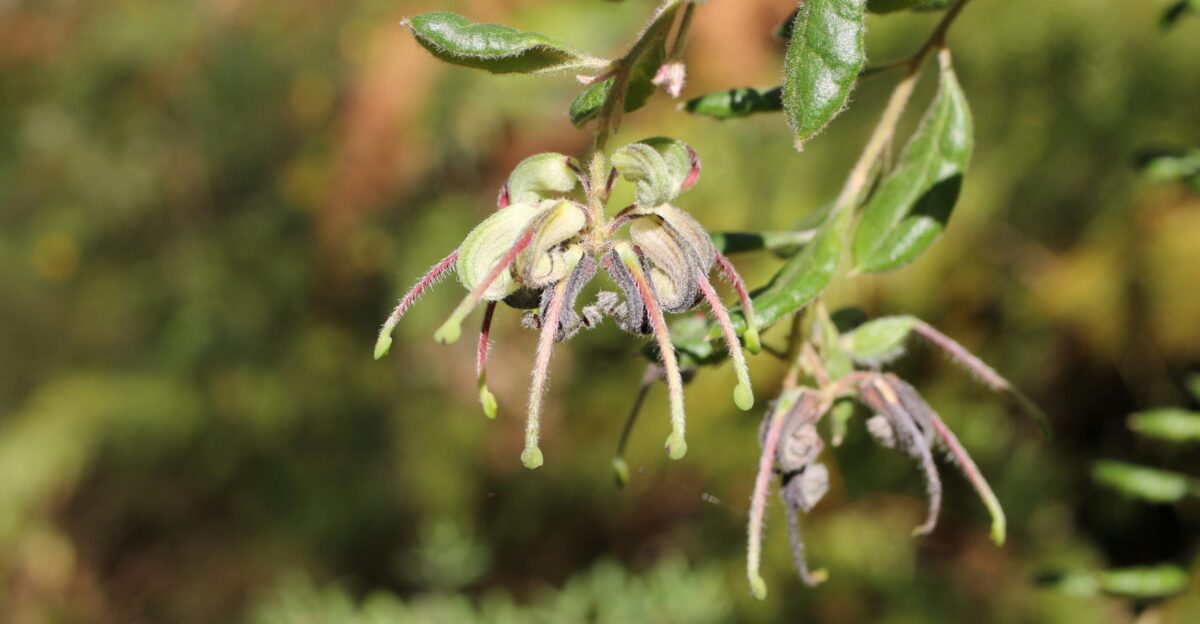
This bird’s return is now inspiring wider conservation efforts. Efforts to restore grasslands and native plants are creating healthier environments that support diverse wildlife, from butterflies to deer.
These thriving ecosystems are proven to be more resilient when it comes to droughts and extreme weather conditions, providing benefits that extend far beyond birds. The bobwhite’s comeback shows that targeted, science-based action can reverse declines and restore balance in landscapes the world.
Changing Attitudes and New Threats
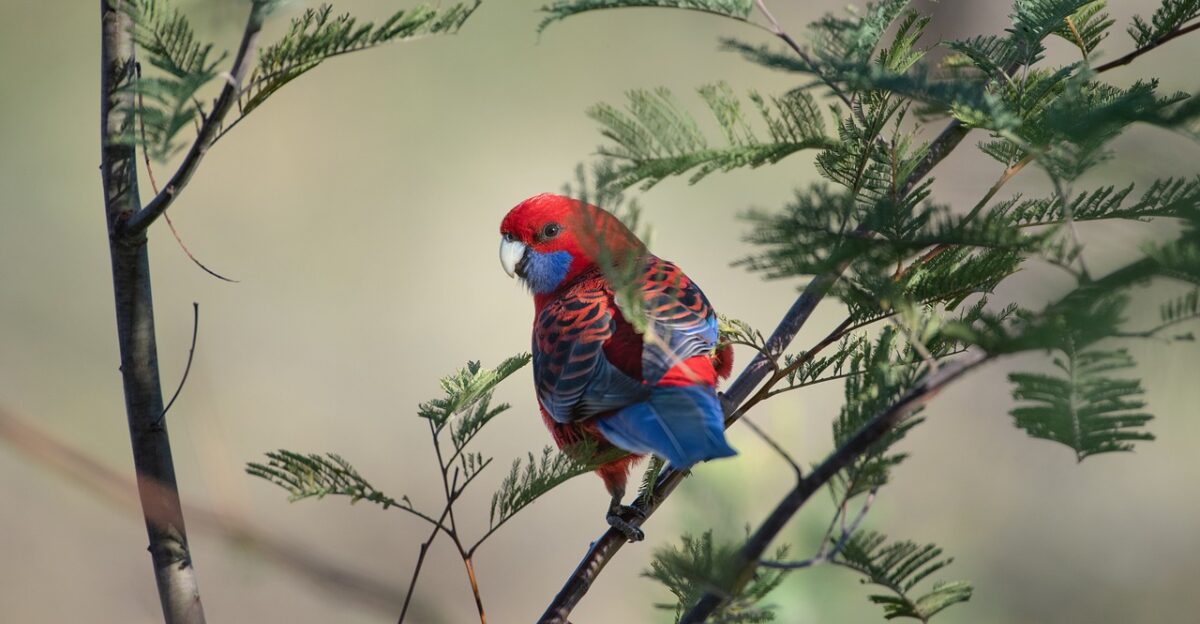
Today, Americans are showing greater appreciation for native wildlife, but new threats threaten the bobwhite’s comeback. Urban expansion, climate change, and invasive species still pose significant risks.
Though public interest in conservation is growing, experts have warned that progress can be lost pretty easily. The bobwhite’s journey reminds us that protecting nature requires ongoing commitment, innovation, and support.
The Future
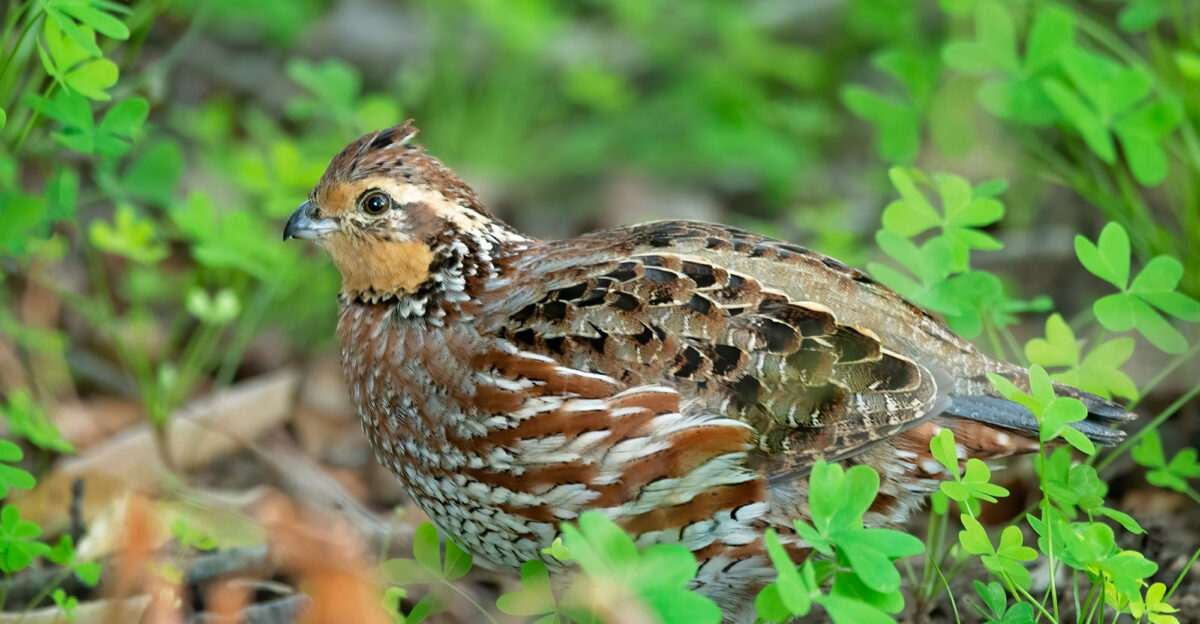
With the bobwhite’s calls now returning across America, a new chapter begins. Conservationists are hopeful that this success will inspire similar efforts for other threatened species.
Now the big question is: will this incredible bird reclaim its place as a symbol of the American countryside in the years to come? For now, we don’t know yet.







